People seem eager for a post about my impressions on the different instruments. I want to take my time to write it well because I think it’s important to:
| | Les gens semblent avoir hâte à mes impressions sur les insttruments. Je vais prendre le temps de bien songer parce qu’il est important de:
|
| Years ago, if I disagreed with something, I used to criticize it, comparing with what I did prefer and essentially be demeaning. I now find that this attitude is very easy when a person has been exposed to a small sample of styles and performers. I have found that becoming exposed to and discussing with many more highly competent artists changes perception and develops an appreciation for widely differing aesthetics throughout the world. Thanks to the internet, I have been exposed to many, many more musicians of all levels and performance styles as well as musical giants who each explain why something is done in a particular way and what any given aesthetic is aiming for. Thanks to the IDRS conferences, I had the opportunity to try a wide variety of instruments and hear many great performers in person: this provides a depth of experience, feeling and understanding that CDs and internet video recordings, useful and valuable as they are, utterly fail to convey. I still have my preferences and no one can tell me to like something I don’t: I require demonstration and experience to change my mind, but I am now capable of changing my mind without losing integrity in my convictions. | Flash Mob Bravo Ensemble | Il y a des années, lorsque de quoi contrevenait mes attentes, je critiquais férocement. Aujourd’hui, je trouve qu’il est facile de médire lorsqu’on ne connaît un échantillon limité de styles et d’interprètes. Je trouve qu’être exposé à (et discuter avec) une variété croissante d’artistes compétents change la perception et développe une appréciation pour l’évantail d’esthéquites dans le monde. Grâce à l’internet, j’ai fait connaissance à un grand nombre de musiciens de tous les niveaux et de styles d’interprétation ainsi que des géants de la musique qui expliquent chacun pourquoi quelque-chose est fait d’une manière particulière et ce que vise précisément une esthétique donnée. Aux conférences IDRS, j’ai eu l’occasion d’essayer une grande variété d’instruments et rencontrer de nombreux hautboïstes formidables en personne: ceci procure une profondeur d’expérience et une compréhension que les CD et vidéos internet, utiles et précieux qu’ils soient, échouent complètement à transmettre. Mes préférences restent fermes et que personne ne médise le fait. Me changer d’avis prendrait la démonstration et l’expérience, mais je suis capable d’ouverture d’esprit sans perdre l’intégrité de mes convictions. |
| Keeping the faith! I wanted to get this recording done before IDRS 2014. I did get it done and put it on You-Tube and Facebook, but I didn’t have time to do the blog post on it. One reason I wanted to hurry-up to do the recording (it would have benefited of more practice…) was that I thought I might be selling Ol’ Faithful to buy something new in NYC, so I wanted to be sure it had a crowning glory! This is another part of the Suite for Flute and Jazz Trio by Claude Bolling – I just can’t resist these tunes, so much fun to play! – and definitely the most difficult piece I have recorded so far. It does a whole lot of altissimo, going all the way up to Bb, which is doable enough for professionals (or advanced students), but rather tiring for me. At the IDRS exhibits, I have tried other instruments that make this very easy, actually. Since my return for the conference, the altissimo has remained easy. I think this is a combination of the season now turning to an early autumn (perfect for the best reed behaviour) and possibly having played so much more in NYC than I usually do at home just developed the breathing and embouchure…. Now up to me to keep them in shape! | | Envoyons d’l’avant, nos gens! Je voulais produire cette vidéo et le mettre sur You-Tube avant IDRS 2014, mais je n’ai pas eu le temps d’en faire un article blogue. Une raison de me dépêcher (un peu plus de répétition n’aurait pas nui) est que je considérais vendre ma Vieille Branche à New-York, alors je voulais lui accorder une dernière gloire. C’est un autre morceau de la suite pour flûte et trio Jazz de Claude Bolling – je suis tout simplement incapable de résister le plaisir de les jouer! – et définitivement la pièce la plus difficile que j’ai enregistrée jusqu’à date. Plein de sur-aigü, je monte jusqu’au si-bémol, ce qui est assez faisable pour les professionnels (ou étudiants avancés), mais un peu épuisant à mes babines! À vrai dire, aux expositions IDRS, j’ai essayé plein d’autres instruments qui reproduisaient le passage assez facilement. Depuis mon retour, le sur-aigü reste assez facile. Je crois que c’est dû à la conjonction du changement hâtif de saison (le début de l’automne est le meilleur temps pour les anches) et qu’avoir tant joué à New-York a renforcé mon souffle et mon embouchure….. à moi de les garder en forme! |
| AUSGEZEICHNET DEUTSCHLAND (way to go Germany) for FIFA in Brazil! This brings me to the question again: why do we play? The oboe is renowned for being especially difficult, but the question can be asked of any musician. I have no professional aspirations right now, no notion that I could get paid for playing, in fact no clue if I’ll even play on stage this year… so why bother practicing difficult repertoire and go nuts making reeds? Why not just spend that money enjoying great performances by amazing artists all over the world, or simpler yet, build a monster collection of CD’s? And most important: why did I mention FIFA in the section title? | AUSGEZEICHNET DEUTSCHLAND (bravo Allemagne) pour FIFA au Brazil! Ce qui me fait poser la question à nouveau: pourquoi jouons-nous? Le hautbois est reconnu pour sa difficulté, mais la question peut être posée à n’importe-quel musicien. Je n’ai actuellement pas d’aspirations professionnelles; aucune idée si je vais même me produire en scène cette année… alors pourquoi me donner la peine de travailler le répertoire difficile et m’embêter à faire des anches? Pourquoi ne pas juste dépenser le même argent à aller voir en personne les meilleurs musiciens du monde. Encore mieux, me monter une collection du tonnerre de CD? Et la question la plus importante: c’est quoi le rapport avec FIFA? |
| Well, the answer to the question about playing music is the same as the answer to these ones: why do children love to play football (or “soccer” as we say in Canada and USA)? Why do Canadian adults continue to spend late nights playing hockey at the community rink even if it will make them sleepy the next day and miserable at work? Why is baseball still the great American passtime (is this still the case?) when we have no hope of becoming a pro or why do we go play golf and tennis when we have no hope of entering a tournament series? Like Christoph Hartmann, I personally love cycling even if I have no hope of ever doing Tour de France! Well the answers are the same in all cases: WE ENJOY IT! Isn’t that what life is all about, enjoying ourselves and the activities we can experience? Of course, the news and corporate-consumerism would want us to value only is to accumulate wealth in order to build the wherewithal to purchase everything we might desire. Consequently, we are motivated to spend as much time and effort possible pursuing professional careers. But where is benefit of wealth if we sacrifice our passions and the enjoyment of living? Similarly, world charity corporations have produced very wealthy executive administrators who will tell us that our pursuit of wealth is to help the poor of the world (while the bulk of donations go to politics and executive benefits). I’ll leave this point of discussion to each person’s own experience and reflection. Yes, I do contribute to charity: local and well trusted organizations with visible effects on real people and wildlife in need. I just think that self-determination and the enjoyment of being alive are the main goals we should all be living for. So why do we play music? Because that is what makes us alive! Modern day life wants us to “live for our work” – this is fine if our work is a true passion (some business people really do thrive on it) – but for my part, the correct balance between the necessities of life in society and self-fulfillment is the very definition of “working for a living”. | Et bien la réponse à la question de jouer de la musique est la même réponse aux suivantes: pourquoi les enfants aiment-ils jouer au foot (ou bien “soccer”, comme on dit par ici)? Pourquoi les adultes Canadiens passent des nuits tardives à jouer dans des ligues communautaires même si ça veut dire un lendemain à dormir debout au boulot? Si nous n’avons aucune chance de devenir athlète de carrière, pourquoi jouer au golf ou au tennis? Comme Christoph Hartmann, je rafole du vélo, même si j’ôse même pas rêver au tour de France! Encore une fois, la réponse est la même dans tous les cas: PARCE QUE ÇA NOUS AMUSE! N’est-ce pas le but-même de vivre; se plaire aux expériences de la vie? Bien sûr, les nouvelles et le commercialisme nous encourage à ne valoir que l’accumulation richesse afin de se procurer tous les biens matériels que nous pourrions convoiter. Par conséquent, nous sommes motivés à consacrer tout notre temps et tous nos efforts à nos carrières professionnelles. Mais à quoi bon la richesse si celà exige le sacrifice de nos passions et la perte de la joie de vivre? De même, les charités-corporatives ont produit de très riches administrateurs qui prétendent que notre poursuite de la richesse peut servir à porter secours aux démunis (alors que la masse des dons charitables rempli les poches des politiciens et administrateurs exécutifs). Je laisse ça à la réflexion sur l’expérience de chacun. Oui, je fais des dons aux organismes charitables, organismes locaux où je peux voir moi-même le bénéfice apporté aux personnes et vie sauvage en crise. Je crois, par contre, que la poursuite de son propre chemin dans la vie et la jouissance dans le fait de vivre sont les buts ultimes de vivre. Alors pourquoi jouons-nous la musique? Parce que c’est ce qui nous fais sentir vivants! La vie moderne veut que notre gange-pain soit notre passion alors qu’il me semble que nous ganons notre pain pour le plaisir bien de manger, non? |

















 The origins of the holiday are contended (
The origins of the holiday are contended (


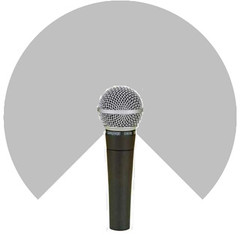
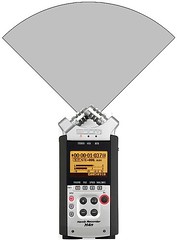
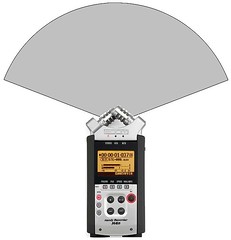
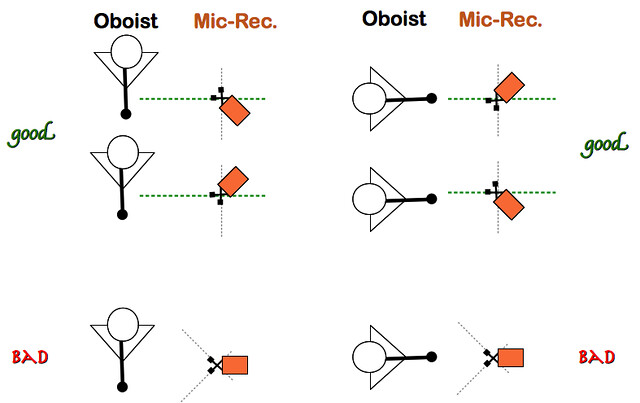
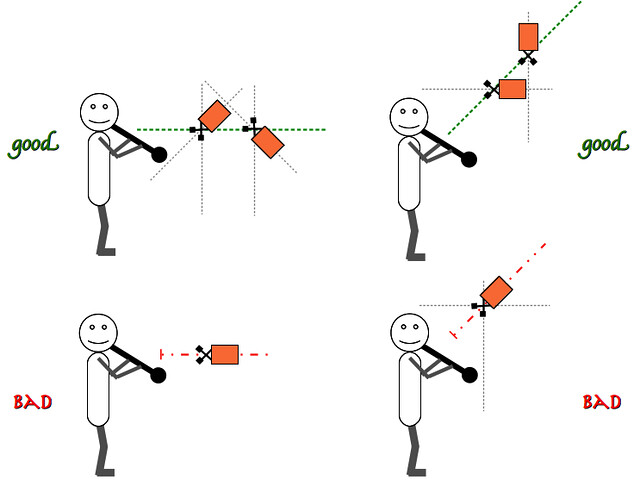




 The whole world by now should know the tragic
The whole world by now should know the tragic 



